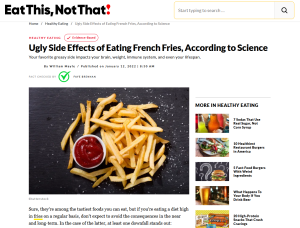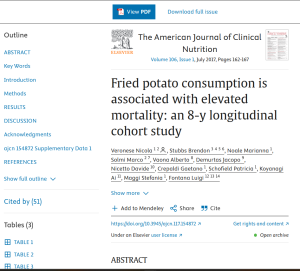Identifying Source Types
If you’re still struggling to differentiate between popular and scholarly sources, here are a few tips :
- Look at the title
Does it sound academic or professional? Scholarly titles often include subtitles indicating a particular focus. They are usually specific and include academic or technical language. - Look at the publisher or sponsor
Scholarly sources are often published by peer-reviewed journals, academic presses, professional or academic organizations, or government entities. - Does the source have a list of works cited or references at the end?
If so, double-check these sources. Are these references to reliable sources? Do they link back to other questionable websites? - Does the text look academic?
Scholarly sources tend to use easier to read fonts that don’t have serifs, they use often technical or jargony language, and sometimes include tables and charts. Popular sources are more likely to include photos or other graphics to catch your attention. - Are there ads?
Scholarly sources have few, if any, ads; popular articles and sites often have many ads. - Does the source follow the structure of a scholarly article?
For example, scholarly articles have an abstract, introduction, methods, charts and graphs, results, discussion, conclusion, references, and publication information.
Here are examples of a popular and a scholarly peer-reviewed source.


[The following mini tutorial is optional.]
Some research assignments will require primary sources where the authors provide first-hand accounts of events or original research. If you would like to learn about primary and secondary sources, try this optional primary sources mini tutorial:

